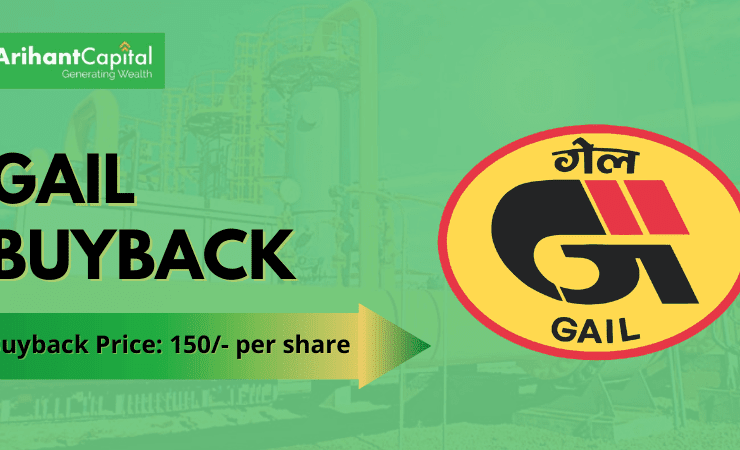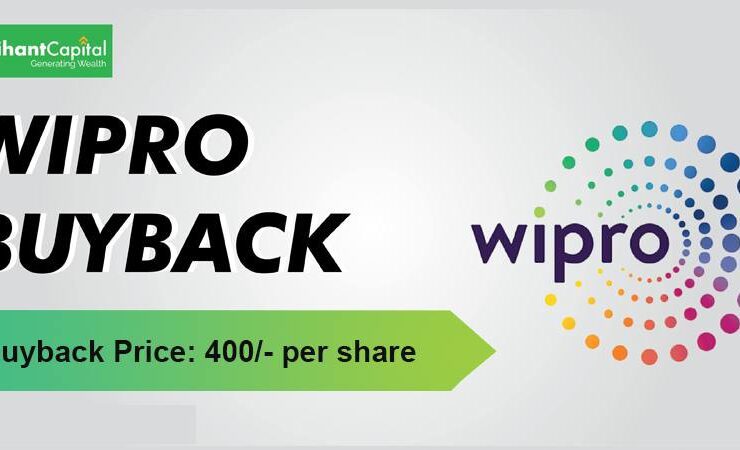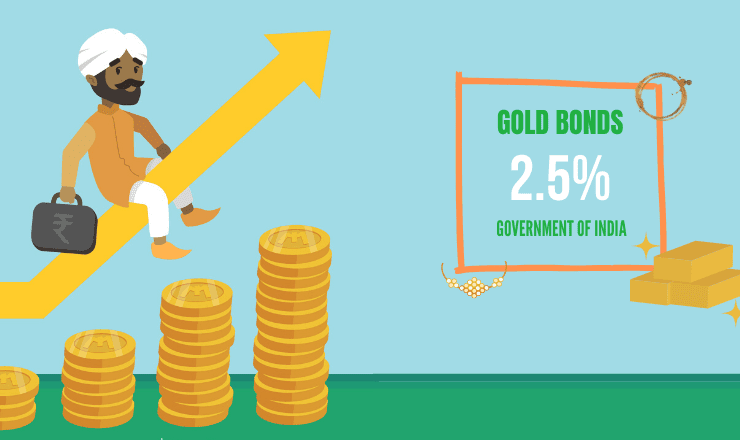CPSE ETF Further Fund Offer 2 (FFO 2)
Government of India (“GOI”), as part of its ambitious disinvestment programme has approved the setting up of Central Public Sector Enterprise Exchange Traded Fund (“ETF”) comprising equity shares of Central Public Sector Enterprises (“CPSE”). The Nifty CPSE Index is constructed in order to facilitate the Government of India’s (GOI) initiative to disinvest some of its stake in selected Central Public Sector Enterprises (CPSEs) through the ETF route.
About Nifty CPSE Index
The Nifty CPSE Index is constructed in order to facilitate the Government of India’s (GOI) initiative to disinvest some of its stake in selected Central Public Sector Enterprises (CPSEs) through the ETF route. The index consists of 10 CPSEs with base date of 01- Jan- 2009. The New Fund Offer of the scheme was launched earlier in March, 2014, the units of which were listed (and continue to be listed) on the stock exchanges on April 4, 2014 in form of an ETF tracking the Nifty CPSE Index.
As on February 28, 2017 the one year CAGR^ return of Nifty CPSE TRI* is 55.30% against 28.87% given by Nifty 50 TRI*.
^CAGR – Compounded Annual Growth Rate
*TRI – Total Returns Index reflects the returns on the index arising from (a) constituent stock price movements and (b) dividend receipts from constituent index stocks.
Constituents of CPSE ETF
| Container Corporation Of India Ltd | Coal India Ltd |
| Engineers India Ltd | Indian Oil Corporation Ltd |
| Gail (India) Ltd | Oil & Natural Gas Corporation Ltd |
| Oil India Ltd | Rural Electrification Corporation Ltd |
| Bharat Electronics Ltd | Power Finance Corporation Ltd |
Background:
Government of India (GOI) used innovative route to divest its holding in CPSEs via ETF
New Fund Offer (NFO)
• NFO was first launched in March 2014.
• NFO received overwhelming response; NFO collection was Rs 4,363 Crs, out of which Rs.1,363 Crs was refund to investors due to limited issue size of Rs.3,000 Crs.
• Participation across various categories of investors.
• Units of CPSE ETF were listed on 04th April 2014 on NSE & BSE.
Further Fund Offer (FFO)
• FFO was launched in January 2017.
• FFO received overwhelming response; FFO collection was Rs.13,742 Crs, out of which Rs.7,742 Crs was refund to investors due to limited issue size of Rs.6,000 Crs.
• Participation across various categories of investors.
• FFO Units of CPSE ETF were listed on 31st January 2017 on NSE & BSE.
FFO 2 Investment Rationale
• Play on India growth story through investment in the large CPSE stocks at attractive valuations.
• Portfolio diversification through investment in blue-chip Maharatna and Navaratna CPSE stocks which are sector leaders.
• FFO 2 price advantage – Upfront discount to all categories of investors.
• Attractive Valuation and Dividend Yields: P/E ratio and dividend yields better compared to broader market index.
• Flexibility of trading on real time basis.
• Lower expense ratios and transaction costs.
• Investors will be able to diversify exposure across a number of Public Sector companies through a single instrument.
Further Fund Offer 2 (FFO 2)
Offer of Units of Rs. 10/- each (i.e. face value) for cash (on allotment, the value of each unit would be approximately 1/100th of the value of Nifty CPSE Index) to be issued at a premium, if any, approximately equal to the difference between face value and FFO 2 Allotment Price during the Further Fund Offer 2 (“FFO 2”) and at NAV based prices thereafter.
For the existing CPSE ETF the Ongoing Offer Period for the Scheme commenced on April 04, 2014. CPSE ETF is an open ended index scheme listed on the Exchange in the form of an Exchange Traded Fund (ETF), which tracks the Nifty CPSE Index.
Key Points FFO 2:
• Discount offered by GOI is @3.50% to FFO 2.
• Plan -Growth
• Maximum amount raised to be Rs.2500 crores (including anchor investors portion of Rs 750 Crores).
• There are four categories of investors ,they are:
Retail Individual Investors
Anchor Investors
Non Institutional Investors
Qualified Institutional Buyers
• FFO 2 will open on March 14, 2017 and will close on March 14, 2017 for Anchor Investors.
• FFO 2 will open on March 15, 2017 and will close on March 17, 2017 for Non-Anchor Investors.
Why should you invest in the CPSE ETF FFO 2?
1. Attractive valuation and superior dividend yield: Plays on India’s growth story through investment in CPSE stocks at attractive valuation and superior dividend yield – as compared to other broader indices as detailed below:
Index Name |
P/E Ratio |
P/B Ratio |
Dividend Yield |
Nifty CPSE |
11.72 |
2.17 |
3.74 |
Nifty 50 |
23.13 |
3.37 |
1.25 |
Nifty Next 50 |
25.02 |
3.75 |
1.49 |
Nifty 100 |
23.43 |
3.43 |
1.29 |
Nifty 500 |
26.57 |
3.11 |
1.20 |
Source: NSE. Data as of 28th Feb 2017
2. Portfolio diversification through investment in blue-chip Maharatna and Navaratna CPSE stocks which are sector leaders, through a single instrument.
3. Upfront discount: The upfront discount of 3.50% improves the overall total return for the investor.
4. Lower costs: Zero transaction costs and lower expense ratios for investors. ETFs are one of the fastest growing asset class in the world. As compared to other mutual fund schemes, ETFs carry lower expense ratios due to lower portfolio management, trading and operational expenses.
5. Liquidity: Flexibility of trading on real time basis.
All the companies are profit making entities along with a good dividend track record
With such large amount of capital employed, the government is focusing on improving productivity through reforms like fuel deregulation, appointment of PSU bank CMD from the industry, power sector reforms etc. Each of the companies in the basket dominates their respective industry and is strategic to India’s growth. Additionally, earnings growth of CPSE had improved especially in Oil & Gas sector and the earnings growth differential between Nifty and CPSE basket has narrowed over the period.
How to apply in CPSE ETF:
You can apply online with Arihant given that you have an existing trading account with us. All you need to do is maintain credit balance of the respective amount and inform your Arihant relationship manager. Please note demat account is compulsory for applying in the issue as these are exchange traded units. Contact your nearest Arihant executive by clicking here.
Portfolio Constitution and Industry Allocation
| CPSE INDEX | Weightage % | Industry Type | Industry Allocation % |
| ONGC | 24.59 | Oil | 27.53 |
| Coal India | 19.61 | Mineral | 19.61 |
| IOC | 18.35 | Petroleum | 18.35 |
| GAIL India | 11.65 | Gas | 11.65 |
| PFC | 5.54 | Finance | 11.32 |
| REC | 5.78 | Finance | 11.32 |
| Container Corporation | 4.99 | Transportation | 4.99 |
| BEL | 4.11 | Industrial Capital Gas | 4.11 |
| Oil India | 2.94 | Oil | 27.53 |
| Engineers India | 1.99 | Construction project | 1.99 |
Note: Portfolio as on Feb 28th, 2017
Risk:
Risk relating to CPSE Securities- Since the CPSE companies are substantially owned by the GOI, the GOI may take actions with respect to the CPSE sector that may not be in the best interests of Unit holders. There can be no assurance that such incidents would not result in a fall in price of the underlying securities constituting the Nifty CPSE Index and correspondingly the NAV of the Scheme.
Further trading volumes and settlement periods may restrict liquidity in equity and debt investments. Investment in Debt is subject to price, credit, and interest rate risk. The NAV of the Scheme may be affected, inter alia, by changes in the market conditions, interest rates, trading volumes, settlement periods and transfer procedures. The NAV may also be subjected to risk associated with tracking error, investment in derivatives or script lending as may be permissible by the Scheme Information Document (SID). For further details please refer SID
Conclusion:
We feel that investors should invest in the offer as the performance of the ETF has been impressive and it holds promise of good returns in future. The ETF claims to offer investors a play on the India growth story through a diversified basket of PSU stocks. We also believed that the efficiency of public sector companies would improve under the Modi government.




